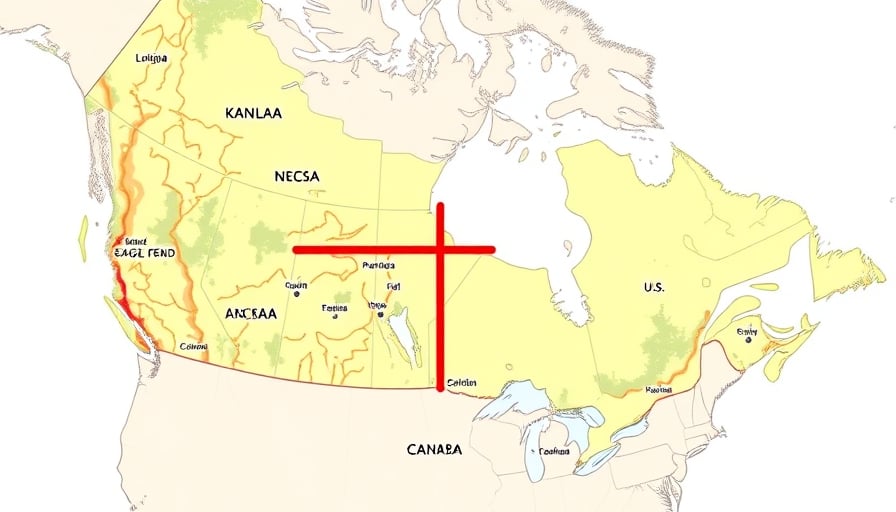Baytex Energy’s Strategic Exit from the U.S. Signals a Shift Toward Higher‑Yield Canadian Assets
Baytex Energy Corp. (BTE.TO) announced on Tuesday that it will divest its Eagle Ford assets in the United States for a staggering $3.25 billion in cash. The transaction represents a decisive pivot away from U.S. shale operations toward a more concentrated, higher‑return Canadian core portfolio.
The Deal in Numbers
- Sale price: $3.25 billion, a figure that far exceeds the $2.3 billion previously cited in early reports.
- Cash influx: The deal will inject a sizeable cash reserve, potentially enabling Baytex to fund new Canadian acquisitions or refinance existing debt.
- Asset re‑allocation: By off‑loading its Eagle Ford holdings—long a significant contributor to the company’s production—Baytex signals a clear intent to streamline operations and focus on assets that generate better margins.
Market Reaction
The announcement sent Baytex’s share price soaring, climbing to a 52‑week high of $4.31 shortly after the news. Investors interpreted the move as a strategic realignment that could improve the company’s earnings per share and reduce exposure to volatile U.S. commodity markets.
Why Canada?
Baytex’s description notes that it specializes in the acquisition, development, and production of crude oil and natural gas for Canadian customers. The company’s market capitalization of CAD 2.78 billion and a price‑earnings ratio of 12.9 suggest a valuation that investors are willing to support only if the company demonstrates disciplined growth. By concentrating on Canadian assets, Baytex can leverage its existing infrastructure, local expertise, and regulatory familiarity to drive higher returns.
Critical Assessment
- Liquidity vs. Growth: While the $3.25 billion cash injection enhances liquidity, it also reduces the company’s asset base. Baytex must now prove that its Canadian portfolio can deliver comparable or superior production volumes to justify the valuation.
- Execution Risk: Transitioning to a Canadian‑centric strategy requires effective integration of new assets and the ability to navigate provincial regulations. Any misstep could erode the perceived upside of the divestiture.
- Shareholder Value: The price surge indicates strong short‑term enthusiasm, but long‑term value will hinge on Baytex’s execution of its core portfolio strategy and its capacity to sustain profitability amid fluctuating oil prices.
Bottom Line
Baytex Energy’s exit from the U.S. Eagle Ford assets is more than a mere asset sale; it is a bold statement about where the company believes it can create the most shareholder value. The $3.25 billion cash haul provides the financial muscle to pursue higher‑yield Canadian projects, but the true test will be whether Baytex can translate this capital into consistent, profitable growth. Only time—and disciplined execution—will tell if the company’s recalibrated focus delivers the returns investors now demand.




